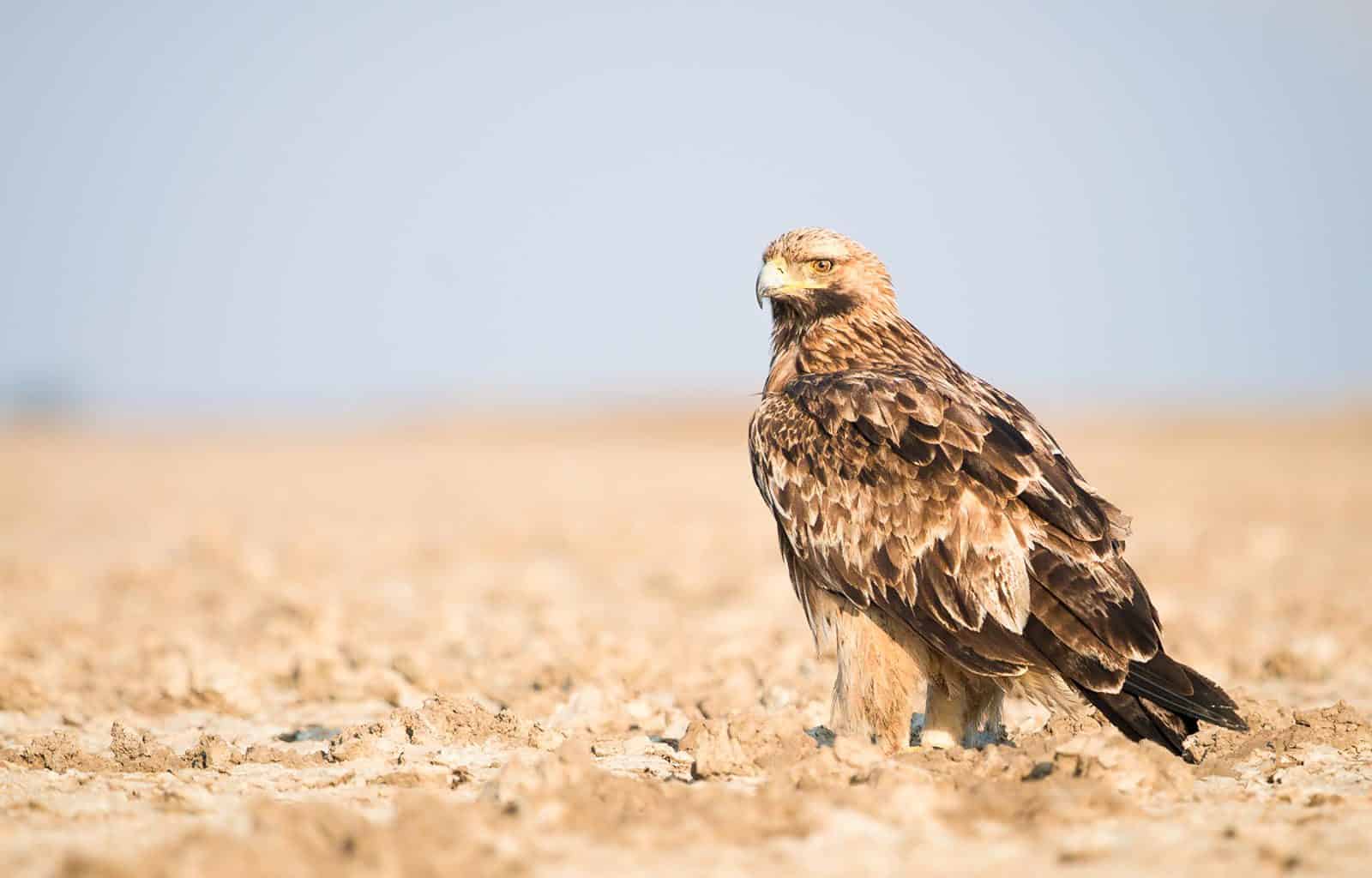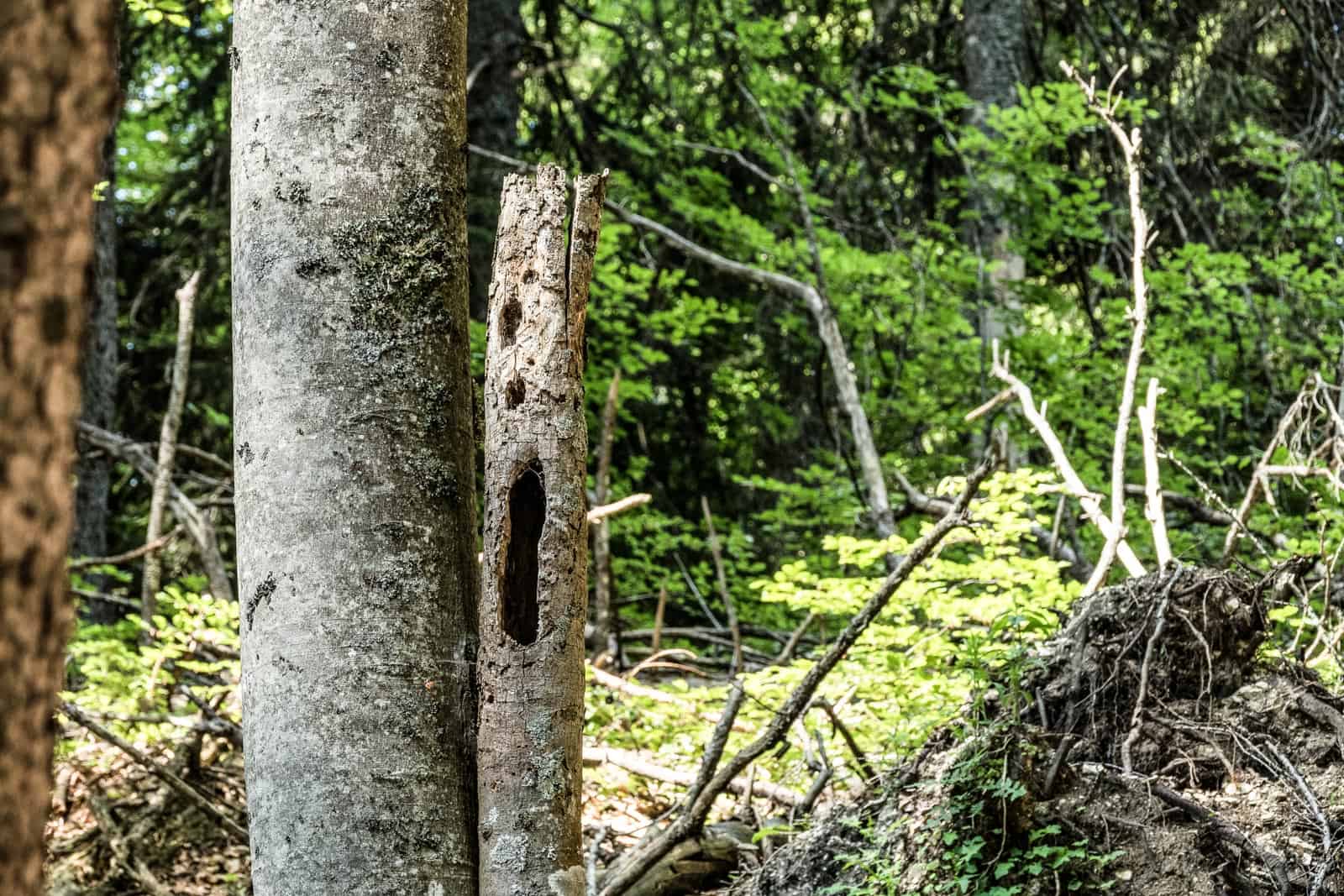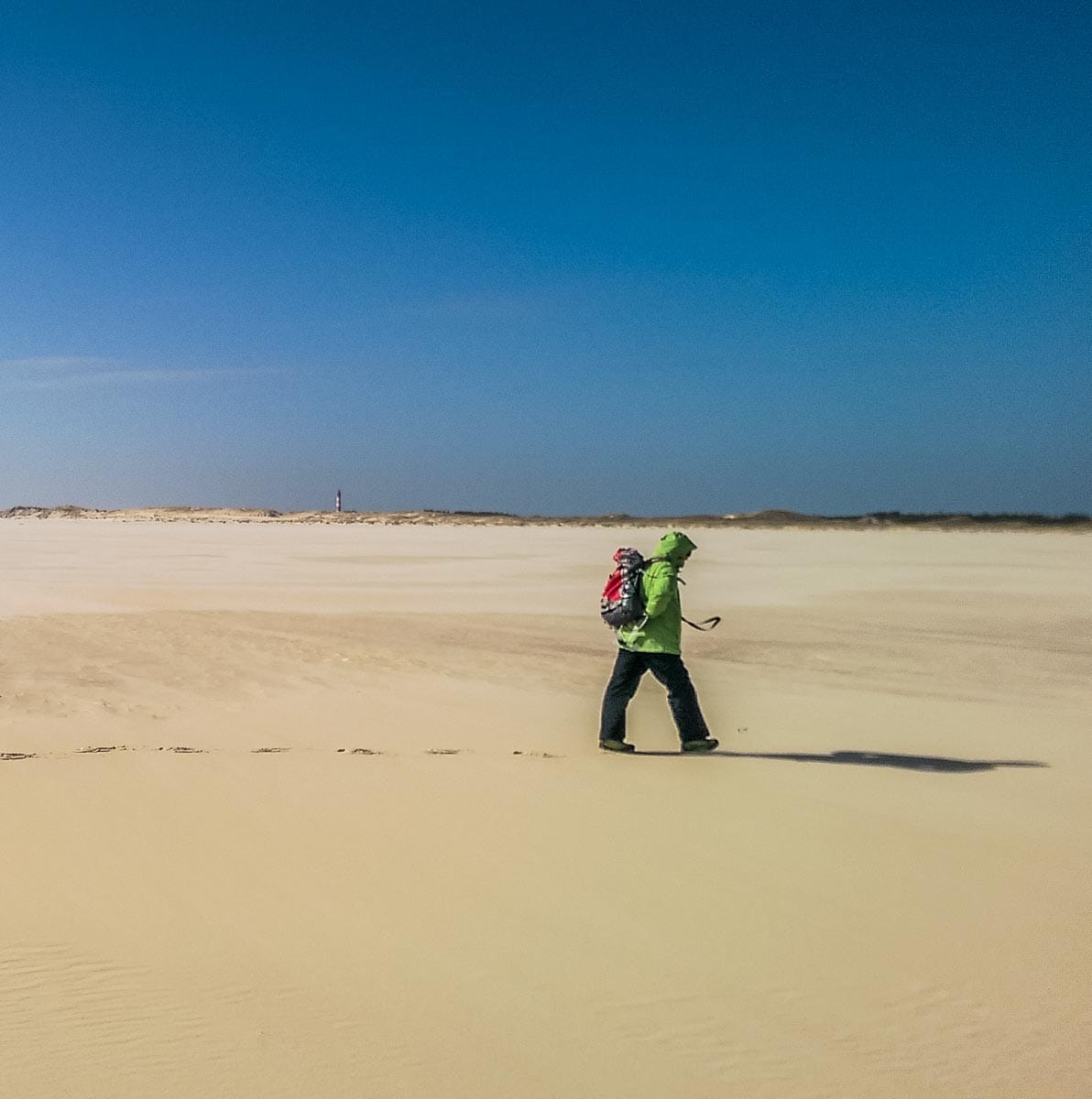Wildlife crime in Austria: Better protection for imperial eagle, peregrine falcon, and co.
A new decree in Austria aims to ensure faster and more efficient prosecution in the event of deliberate or grossly negligent damage to livestock and plant.
The preservation of the diversity of wildlife is central to Austria’s biodiversity. It is already the case that anyone who kills specimens of a protected species can be sentenced to up to two years imprisonment. The criminal law does not apply, however, if the act affected “only an insignificant number of the specimens” and it had “only insignificant effects” on the conservation status of the species. The consequence was that it always had to be examined on a case-by-case basis whether a “sufficient quantity” of protected animals within the meaning of criminal law had been killed. In the legal literature, moreover, it has been disputed up to now whether even an individual specimen can constitute a “quantity” within the meaning of criminal law. This unclear regulation had the consequence that to clarify this question, the courts mostly had to commission experts with time-consuming expert opinions.
Every unlawfully killed imperial eagle is one too many
The Ministry of Justice (BMJ) in cooperation with the Ministry of Climate Protection (BMK), is now putting an end to this unacceptable state of affairs with a new decree. The decree clarifies that in the future even one specimen can be a sufficient quantity in the sense of the criminal law. The decree aims to ensure faster and more efficient prosecution in the event of deliberate or grossly negligent damage to livestock and plant by relieving the public prosecutor’s offices of the task of clarifying the question of a significant quantity.
“With the decree, we are ensuring that our native wildlife can be even better protected in the future. Because in view of the sometimes extremely low populations of many species – for example, there are currently only around 34 breeding pairs of imperial eagles in Austria – there cannot be much leeway on the part of the legislator. That is why we are now ensuring that in the future every single shooting of protected species will have consequences under criminal law. In this way, we are helping to ensure that future generations will still be able to enjoy the enormous biodiversity of Austria’s native biodiversity.”
Scientific studies confirm need for tighter regulation
The basis for the decree was provided by two scientific studies. The Ministry for Climate and Environmental Protection commissioned the Federal Environment Agency and BirdLife Austria to carry it out. Both studies came to the conclusion that, in the case of particularly endangered animal species such as the dormouse, the European wildcat, the egret, and many birds of prey like the imperial eagle and the white-tailed eagle, a single kill can have a significant impact on the conservation status of the species. For species that are de facto threatened to a lesser degree, the studies have indicated thresholds above which these significant effects in the sense of criminal law are given.
These thresholds now constitute, without prejudice to independent case law, according to the Ministry of Justice and the Ministry for Climate and Environmental Protection, a sound guideline for the assessment of the not insignificant quantities within the meaning of criminal law.








